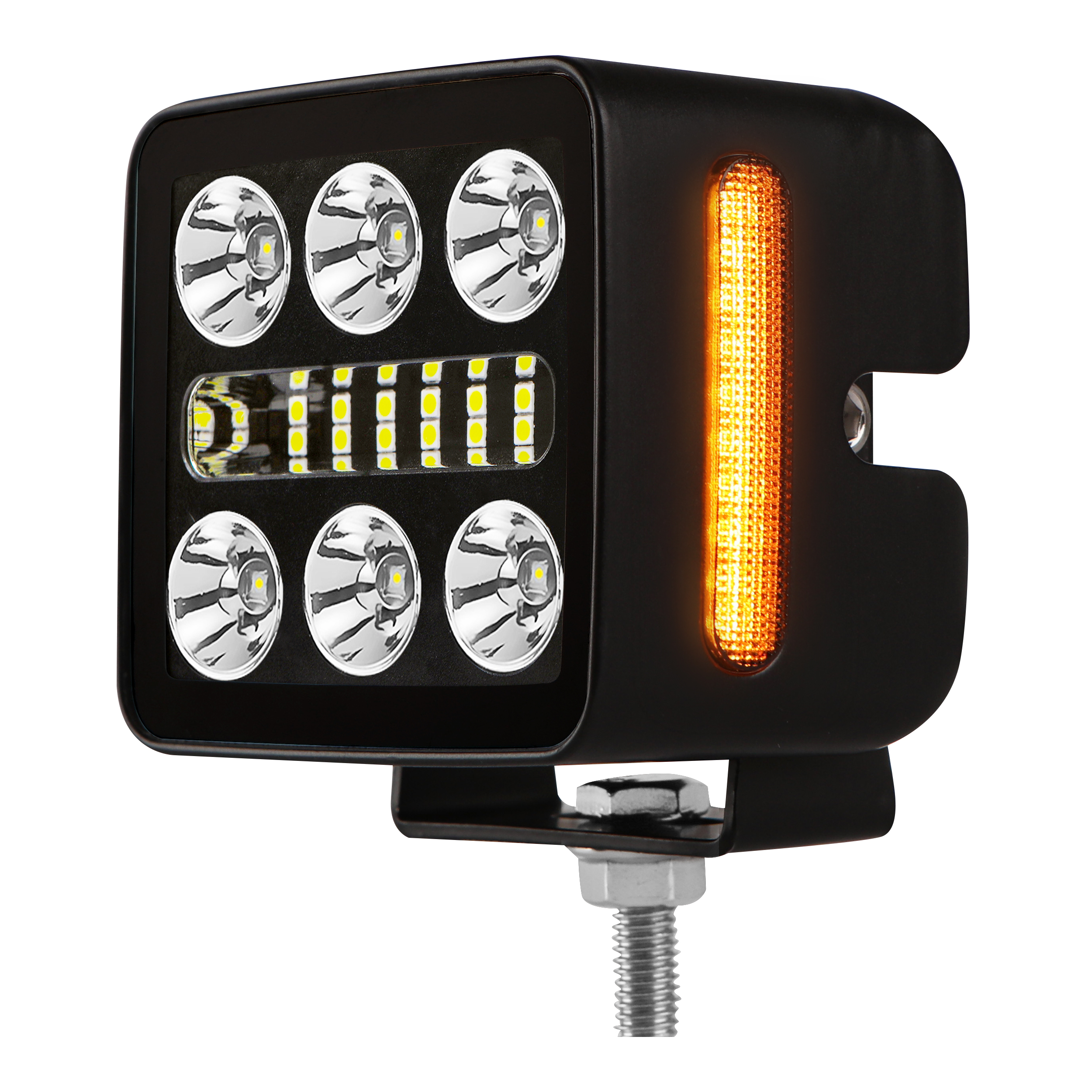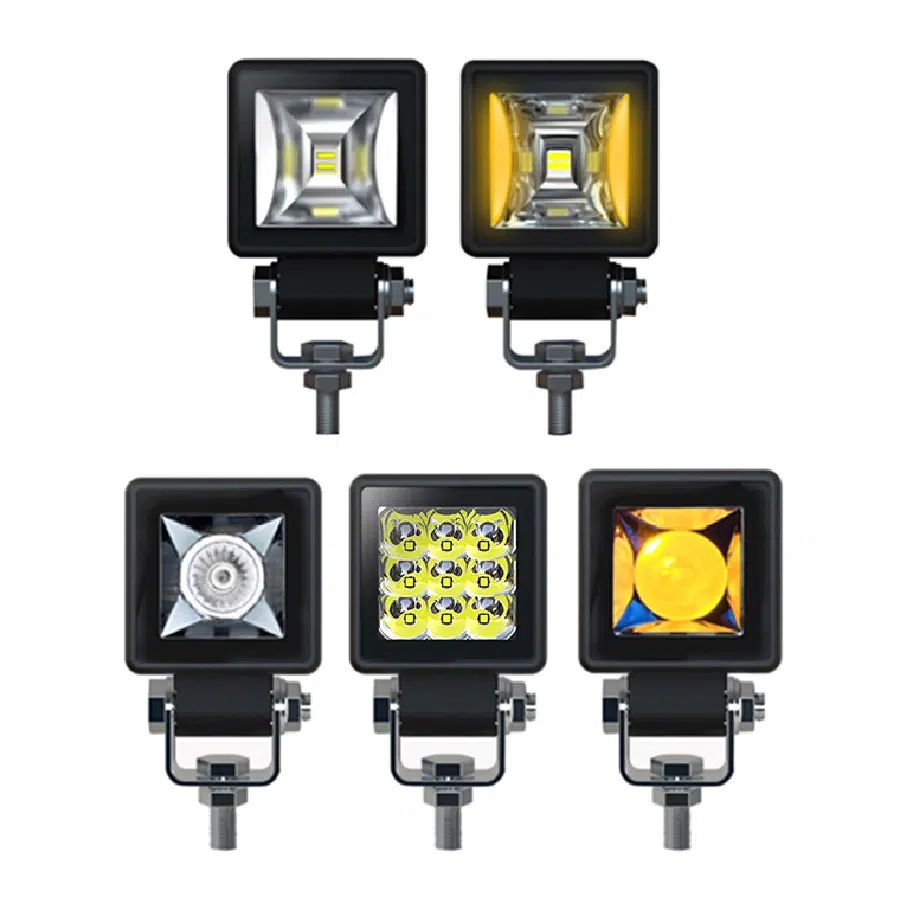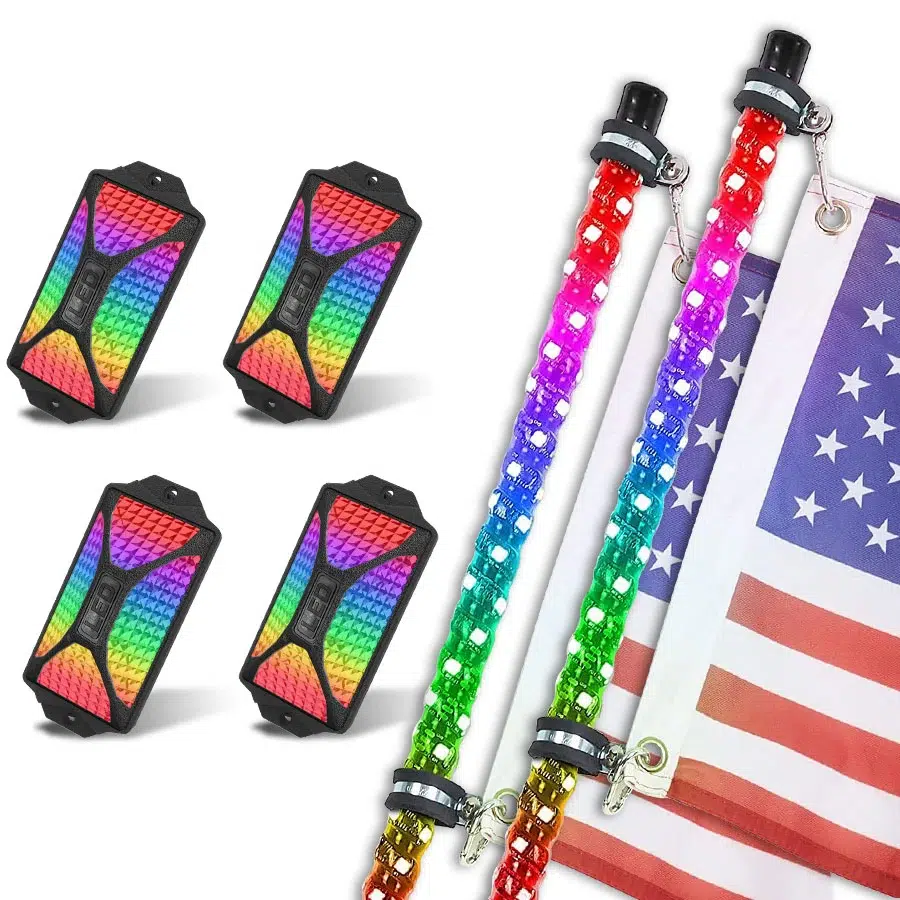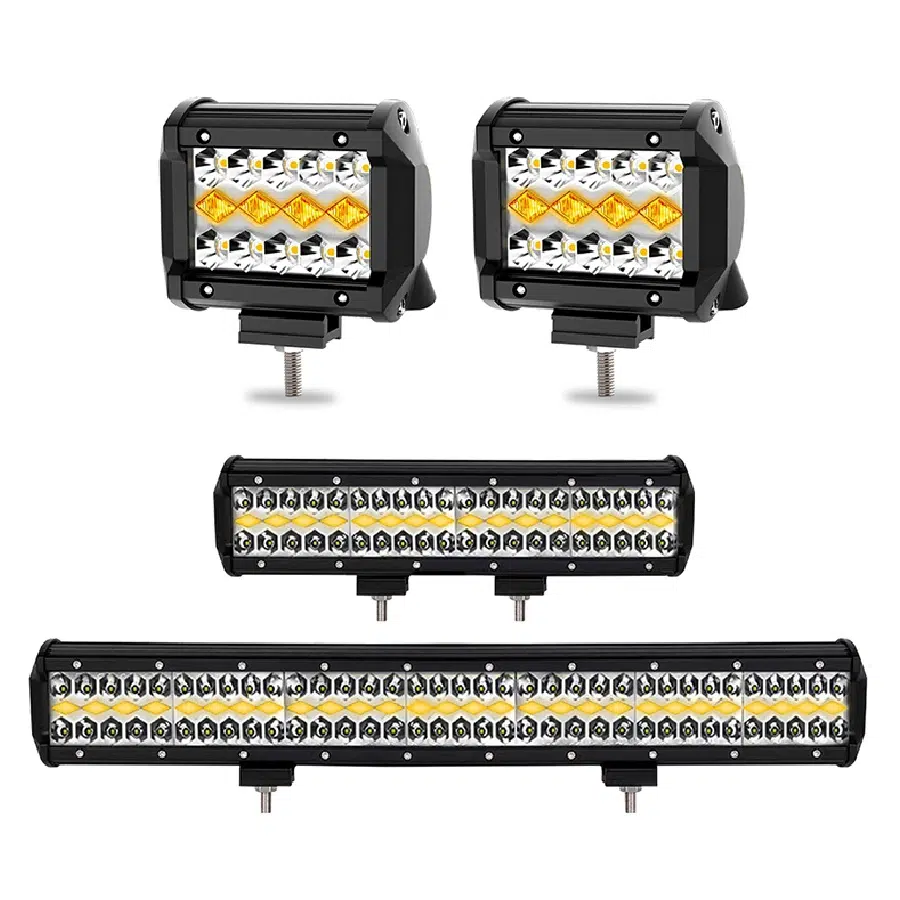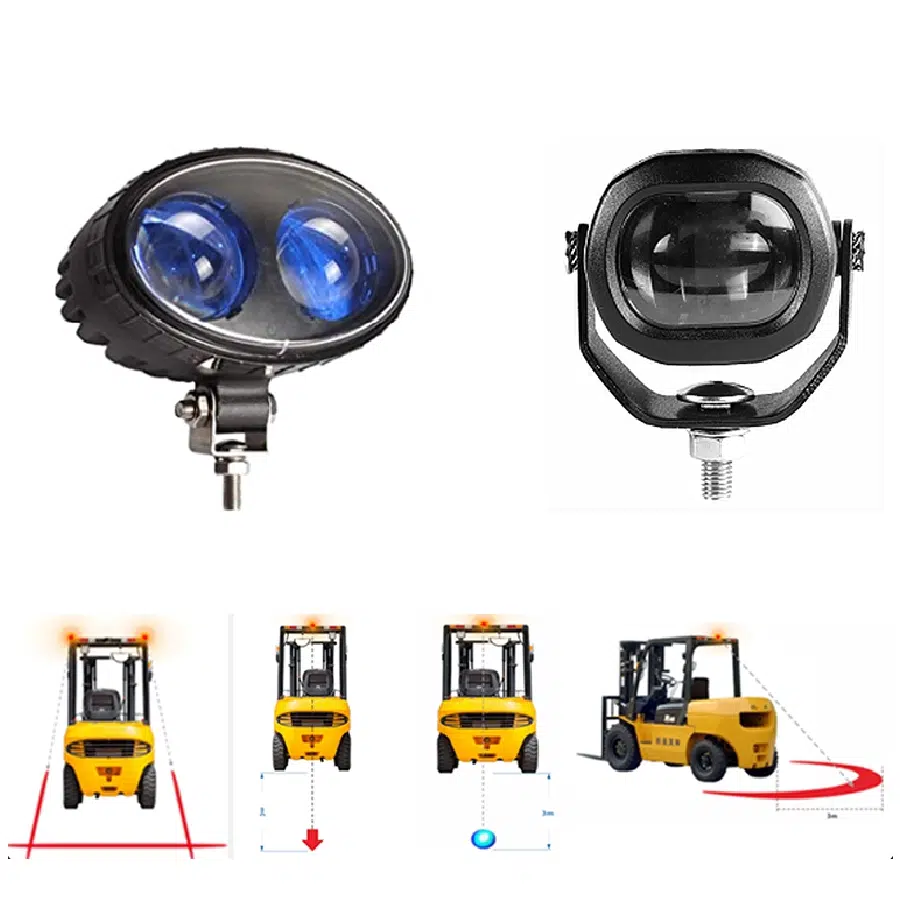Huazhao's Booth no. : 1.2 Q25 , Automechanika Shanghai 2024 , Dec. 2nd to Dec. 5th .
A Special Not Dazzling Beam Design for 6″ Rectangle -Off-Road LED Work Light / LED Driving Light – Make Road Bright And Safe
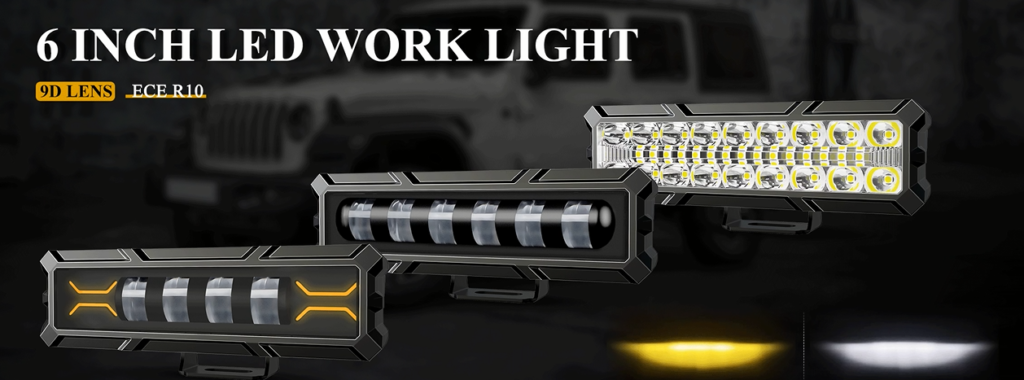
The Advantage of Huazhao’s 6-inch mini light bar series
- A special beam design , not dazzling ,protects the line of sight of the opposite driver, suitable for driving , Improve driving safety.
- Classic 6″ Rectangle mini bar ,suitable for a variety of installations,
- The housing is built from rugged aluminum with a polycarbonate lens. Integral heat sinks ensure that the LEDs stay cool in extreme conditions, Widely use in different weather .
- Widely use in different vehicles :Motorcycle,Dirt Bike, Sightseeing Vehicle,Off Road, Jeep, Truck, Heavy Duty, SUV, ATV, UTy, Truck, Car,Boat etc .
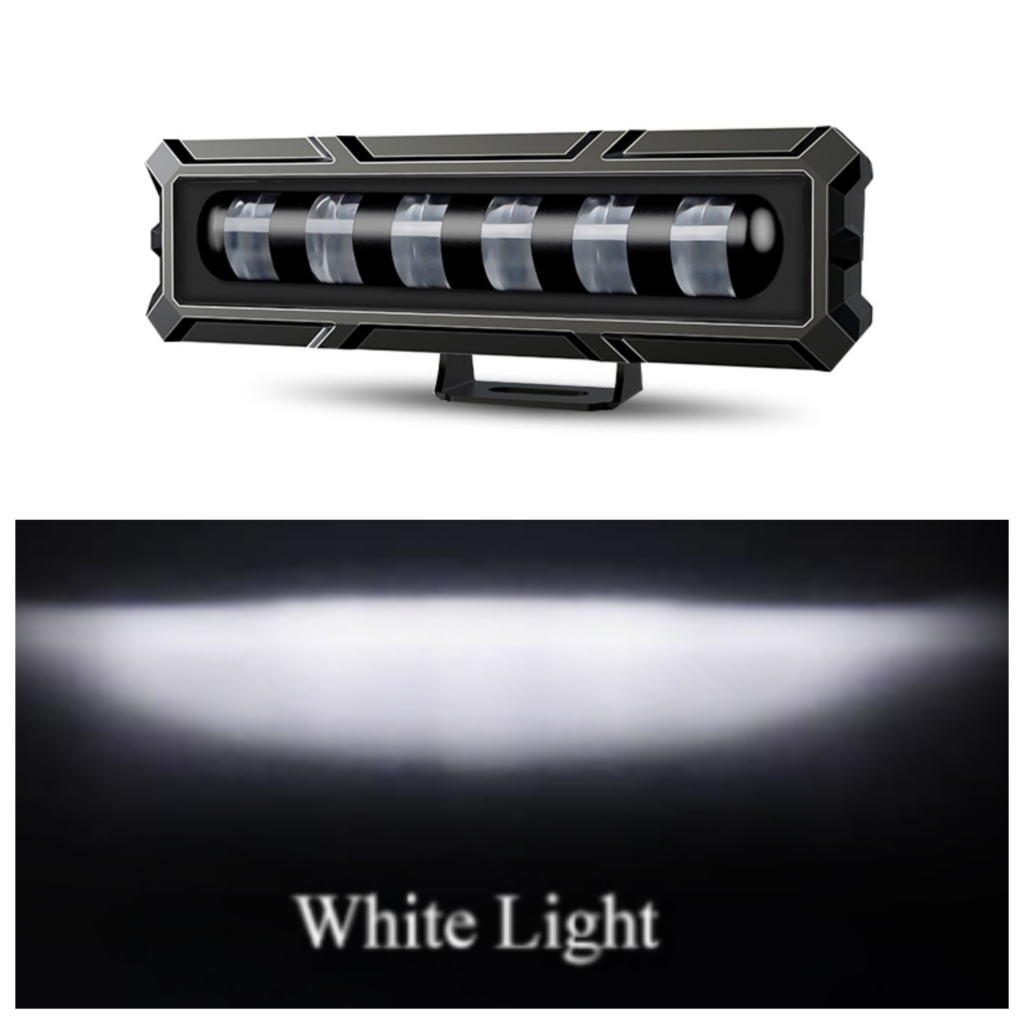
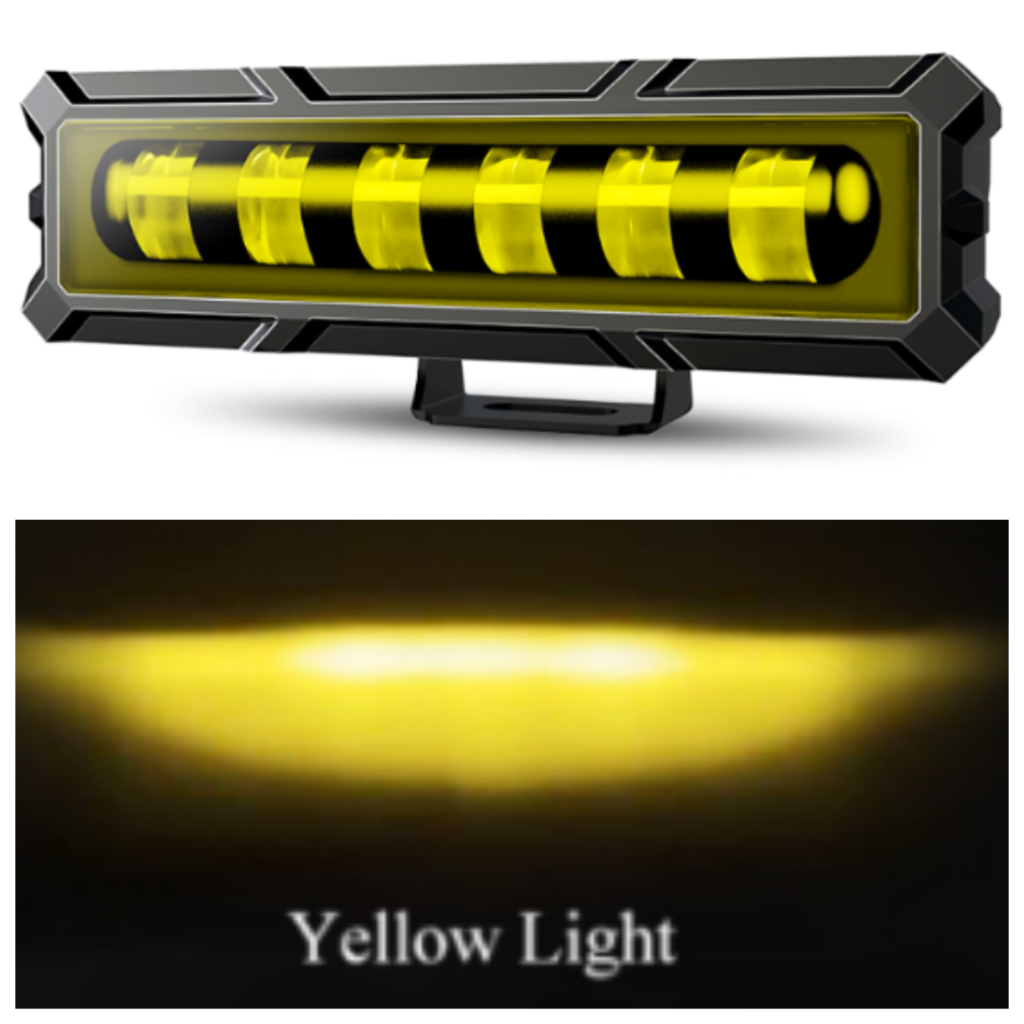
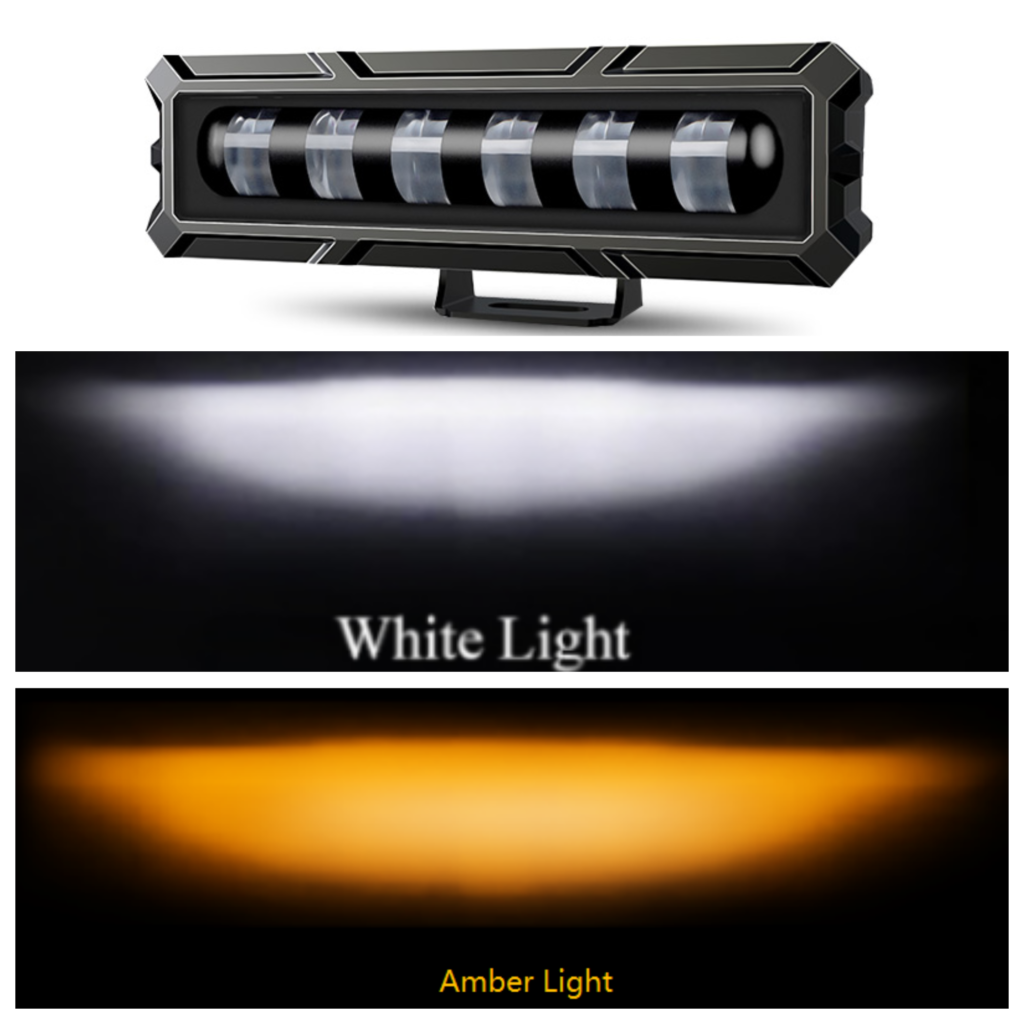
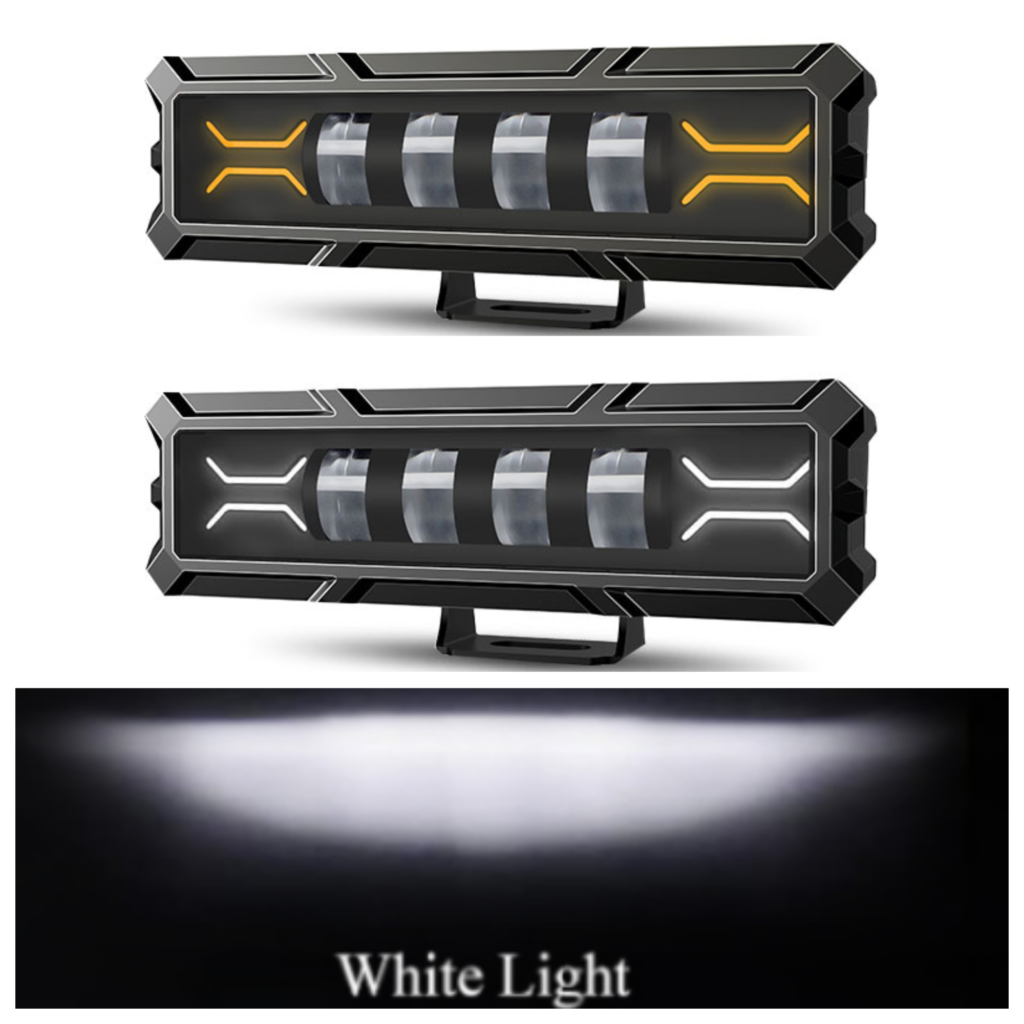


Part # |
HZ-1021D / HZ-1021D(Y) / HZ1021D(WA) |
HZ-1022D |
HZ-1031(W) / HZ-1031(Y) |
|---|---|---|---|
|
Type: |
6 inch Rectangle Led work light with only white /only yellow/ dual color white & amber |
6 inch Rectangle Led work light with dual color angel eyes white & amber |
6 inch Rectangle Led work light with only white / only yellow |
|
Length: |
6 inch |
6 inch |
6inch |
|
Housing Material : |
Aluminum |
Aluminum |
Aluminum |
|
Beam Pattern : |
Spot |
Spot |
Combo |
|
Current Rating : |
12V @ 2A , 24V @ 1A |
12V @ 2.04A , 24V @ 1.02A |
12V @ 2.01A , 24V @ 1.03A |
|
Power : |
40Watt |
40Watt |
31Watt |
|
LED Type: |
6pcs/HGL3B |
4pcs/HGL3B |
31pcs/3030 |
|
Theoretical Lumen: |
2200lm |
2200lm |
2900lm |
|
Effective lumen: |
1300lm |
1000lm |
2000lm |
|
Bracket Material: |
Stainless steel |
Stainless steel |
Stainless steel |
|
Len Material : |
PC |
PC |
PC |
|
Color Temperature:
|
Amber 3500k/ White 6000k |
6000k |
6000k |
Wide Application :
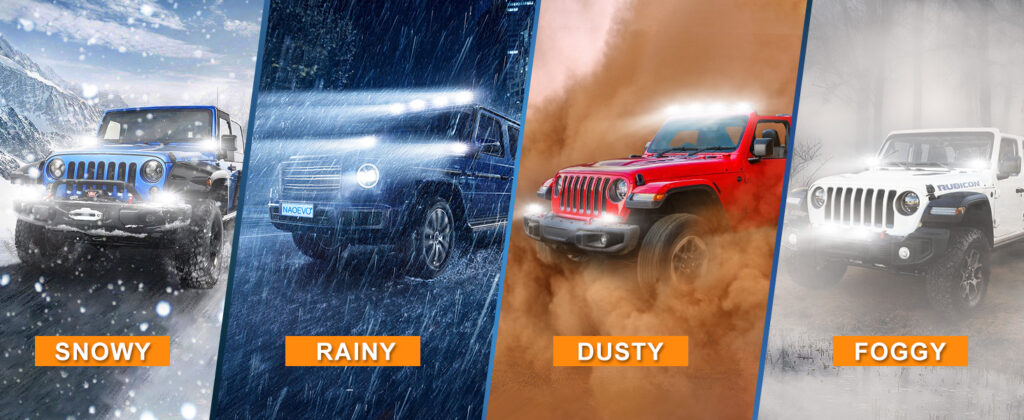
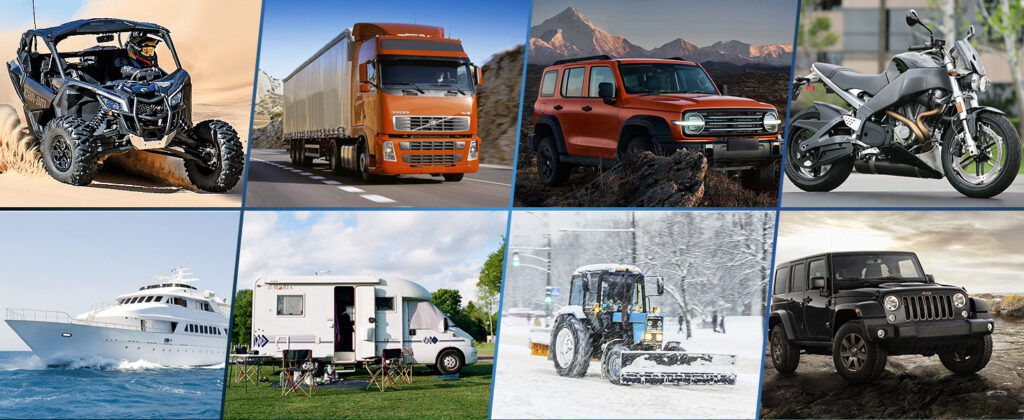
How to choose the off-road lights/ led work lights for your vehicles
Are you just confused on the enormous amount of options and the huge variety of off-road lights/ led work lights that are offered on the market today? Well, if so, you’re not alone. Picking the perfect light for your application is tough, here are some tips to selecting lights that will work best for you.
Tip 1 : Lumens, lux, and candela should all be used in conjunction to assess the performance and luminous efficacy of lighting products.
Lumens is best described as a base metric that we use to indicate the total potential amount of light from a light source. This potential light emitted is subject to various factors like electrical efficiency and optical efficiency, meaning that raw potential doesn’t always equate to real-world, usable light output. It is up to the light manufacturer to best harness and control that light potential. Specially when looking at LED lights, many specify raw lumen ratings. This is simply the theoretical maximum potential, which comes from the rating of each individual LED chip being multiplied by the total number of chips. The actual measured output or effective lumens of the light may be much less than the raw lumen count given. It’s for this reason that we place more emphasis on measuring effective light output using lux and candela.
Lux and Candela are more practical ways to measure the performance of lights. Lux and candela help us measure the strength, intensity and volume of light at a fixed specific distance. Typically Lux is the measured light intensity onto a surface area of one square meter at a fixed distance of 10 meters. Candela is the total volume of light within a certain beam angle and direction. Lumens, lux, and candela should all be used in conjunction to assess the performance and luminous efficacy of lighting products.
Tip 2 : The best beam pattern and what are their differences?
Picking a beam pattern is very subjective, and it often boils down to what your use will be. For that reason, the best beam pattern for you might be vastly different than the ideal beam pattern for someone else. In general, you are aiming for the most balanced, overall lighting configuration, which is a blend of some of these beam patterns. You wouldn’t want only spot pattern lights on your vehicle as you wouldn’t have great short range and peripheral illumination, conversely you also don’t want only food beams because then you wouldn’t see objects you’re approaching that are farther away at longer distances. Here’s an explanation to some of the most common beam patterns and what their best uses are for .
SPOT BEAM:
A narrow, focused beam pattern that produces a long, narrow light. Spot beams are ideal for long-range illumination and can reach far ahead of the vehicle.

FLOOD BEAM:
A wide beam pattern provides a broader light spread. Flood beams illuminate wider areas, such as the sides of a road or trail.

COMBO BEAM:
A combination of both spot and flood beam patterns. Combo beams provide the best of both worlds and are ideal for off-road and extreme terrain driving.

Tip 3 : A combination of amber lights and white lights is best
In some conditions, and amber light will perform better but in other conditions a white light will perform better. This question really comes down to if you’re ever off-roading in the conditions where an amber light could prove beneficial. Generally speaking, an amber light will excel in dusty, foggy, rainy, or snowy conditions as they appear to cut through airborne particles much better than a more intense, white light does. However, a white light often appears much brighter even if they have the same power output.
Tip 4 : Choose the most suitable size
There are various sizes of LED lights on the market. As long as the installation space and wiring allow, and it does not affect drivers and local traffic regulations, please choose the LED lights of the best size.


